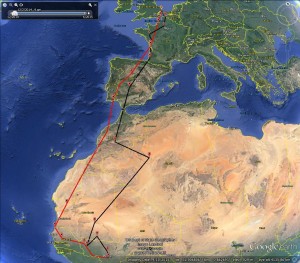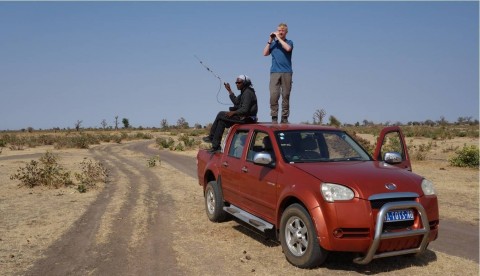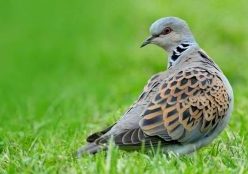RSPB Conservation Scientists have been carrying out research to understand more about the migratory routes UK-breeding Turtle Doves make as well as the habitats that the birds use on their wintering grounds in West Africa. Although this work has concluded that suitable wintering habitats are not likely a current limiting factor for Turtle Doves, this could change in future. The improved understanding of Turtle Dove ecology and habitat use that this science has delivered is valuable investment to help us monitor and evaluate the impacts of any future land-use change in West Africa on these migratory birds.
Tracking Turtle Doves
RSPB Conservation Scientists used specially-designed tracking devices to study the movements of Turtle Doves. You might have heard of Titan, a bird that was tagged in Suffolk in July 2014. Titan was tracked across Europe and North Africa to its wintering grounds in Mali, and back again. By following Titan and a number of other Turtle Doves, we have learnt important information concerning migration routes, staging areas and wintering grounds. You can find out more about Turtle Dove tracking, including a fascinating map showing migratory journeys here, plus discover more about Titan here.

Wintering ecology research in Senegal
We have also been learning more about the habitats that Turtle Doves use when they are in West Africa. In Senegal, RSPB Conservation Scientists have carried out work alongside local scientists from the Senegalese conservation partner Nature Communautés Developpement to carry out research on Turtle Dove wintering grounds. We know that the birds roost in thorny thickets of species such as Acacia and travel to nearby feeding sites during the day.
Photo: Turtle Dove researchers from the RSPB and Senegalese conservation partner Nature Communautés Developpement in Senegal. Credit: Chris Orsman.







